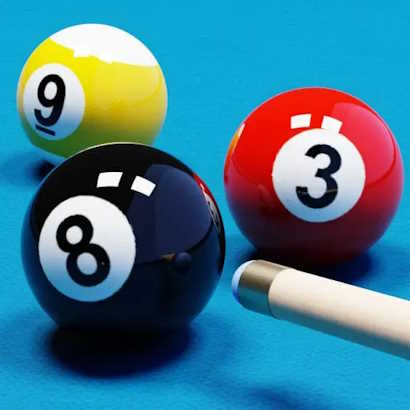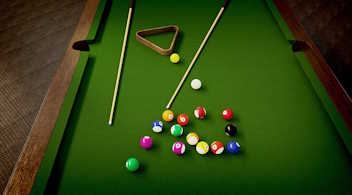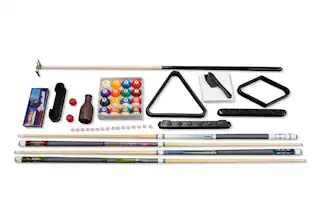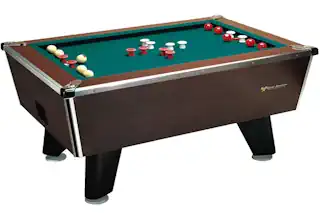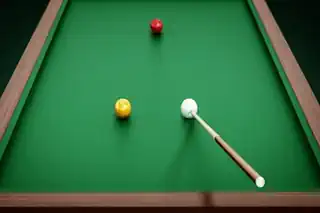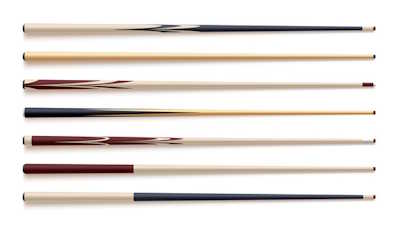Mastering the Art of Bank Pool: A Comprehensive Guide for Players
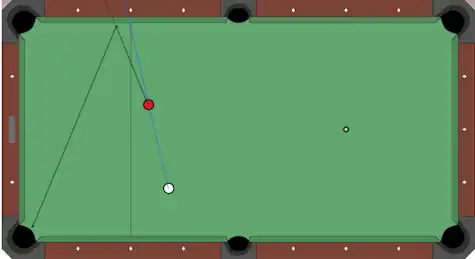
Bank pool is a thrilling variation of billiards that is beloved by many players for its strategic depth and the challenge it offers. Unlike traditional pool games, bank pool pays special homage to shots that use the rails or cushions—a technique known as “banking.” For players looking to elevate their pool game, bank pool is a great opportunity to hone their banking skills and enjoy a more complex and nuanced form of the sport. Whether you are new to bank pool or looking to refine your skills, this comprehensive guide will walk you through everything you need to know to play like a pro.
Introduction to Bank Pool
Bank pool has a storied history, first being played in the early 1900s in the United States. It gained popularity due to the thrill and precision required to bank the balls accurately. With its roots deeply entwined in American billiards culture, it remains a mainstay for aficionados of the game.
One thing that sets bank pool apart is its unique table layout. The standard table, usually called a seven-foot or nine-foot table, is divided into numbered bulls-eye patterns, with the 1-ball at the front and the 15-ball at the center to enhance the strategic play.
The game’s appeal lies in the intricacy of its setup. Players must not only bank their shots but also think several moves ahead, similar to a game of chess. If you crave a game that will truly test your skills and strategic thinking, bank pool is for you.
Setting Up the Game
Before you can immerse yourself in the world of bank pool, knowing how to set up the game is crucial. Follow these steps to ensure your game is ready to go:
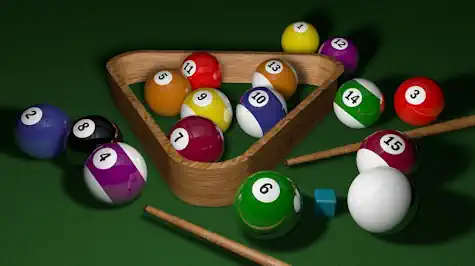
1. Table Preparation
Start by making sure the bank pool table is clean and free of any potential snags on the cloth. Most importantly, ensure the table is perfectly level to avoid any unfair ball movement during play. This is a non-negotiable step in any billiards game.
2. Ball Placement
Arrange the 15 object balls in a triangular rack, with the 1-ball aligned with the apex of the triangle formation. The remaining balls are to be placed haphazardly, without any specific order, within the triangle. The cue ball can be positioned anywhere behind the head string.
This configuration presents an even distribution of the 15 balls, forcing each player to think critically about the shot they choose.
Basic Rules of Play
Understanding the basic rules of bank pool is vital. These rules not only ensure a fair game but also give you the foundational knowledge to progress in your skill level.
Legal Bank Shots
In bank pool, a legal shot involves striking the lowest-numbered ball on the table first. Afterward, you must either pocket a ball or ensure that it hits a rail after contact is made, known as “calling safes.”
Fouls
Common fouls include:
Not hitting the lowest-numbered ball first.
Failing to sink a ball or make contact with a rail after striking a ball.
Pocketing the cue ball or the opponent’s ball.
Making any contact with the table.
Winning the Game
Winning bank pool is straightforward. The first player to legally pocket all of their group of balls and then the 8-ball wins. Keep in mind, players must call their shots before attempting a pocket, or else the shot is considered a foul.
Strategies and Techniques
Bank pool is as much a mental game as it is a physical one. Here are some strategies and techniques to help you develop a competitive edge:

Positioning
Always consider the successive shot you’ll need to make. Each successful bank should set you up for the next, with the ultimate position being a straight shot on the 8-ball. Good positioning often requires you to count and think several moves ahead. The cue ball, called ball, and the other object balls must all be considered when thinking about your positioning after you shoot.
Banking
Mastering the bank shot is key. Practice precision and control to consistently make these often non-intuitive shots. For beginners, focus on shooting the 1- or 2-rail banks first, then progressively move to more complex patterns.
Defense
In bank pool, sometimes the best offense is a good defense. Learn how to control the table by leaving the cue ball in strategic places that make it difficult for your opponent to get object ball in position for a clear shot.
Common Mistakes to Avoid
The path to proficiency in bank pool is often paved with mistakes, but recognizing and avoiding them can accelerate your learning. Here are some common pitfalls and how to rectify them:
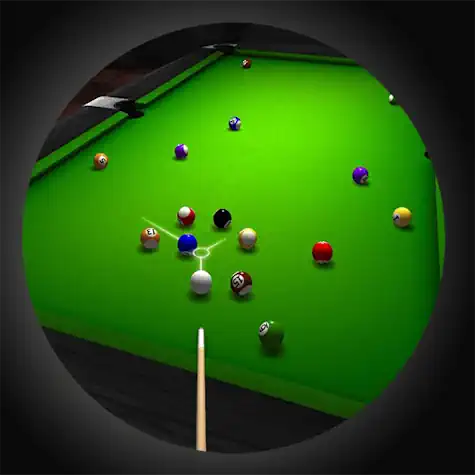
Lack of Planning
New players often approach the table with a shot in mind but don’t think about their next move. Remember, in bank pool, positioning is everything. Take your time to plan several shots ahead and look for potential safes. The strategy for this game is to be thinking about all of the other balls before you shoot for your called pocket.
Overestimating Skill Level
Beginners might be inclined to take on overly ambitious shots, trying for banks that even seasoned players might consider difficult. Start with the easier banks to build up your skill and confidence before attempting more challenging ones. Kick shots are impressive but the angles for a kick shot are harder to calculate and getting in place for the next object ball can be more challenging.
Misreading the Angles
Improper judgment of banking angles can lead to a missed shot. Spend time on each bank, adjusting the angle and observing the line and roll of the ball to calibrate your sense of them.
Conclusion
Bank pool offers a refreshing alternative to traditional billiards games, engaging players in a multi-faceted challenge that tests their precision, strategy, and foresight. By familiarizing yourself with the setup, rules, and key strategies, you can begin to enjoy the game’s complexities and see a significant improvement in your play.
Practice regularly, stay patient with yourself, and continually seek out resources and advice, whether that’s online tutorials, books, or simply playing with more experienced players. Most importantly, enjoy the game and the progress you make. With dedication, you’ll be banking like a champ in no time.
Frequently Asked Questions (FAQs)
What is the best way to improve at bank pool?
Improvement in bank pool comes down to consistent practice, particularly focusing on banking techniques and positioning. Watching experienced players and learning from tutorials can also provide valuable insights. Additionally, analyzing your own games to identify mistakes and areas for improvement can significantly enhance your skills.
Can bank pool be played on any pool table?
Yes, bank pool can be played on any standard pool table, whether it’s a seven-foot (bar table), eight-foot (home table), or nine-foot (tournament size) table. The critical factor is ensuring the table is level and in good condition to allow for accurate play.
How do I know if a shot is considered legal in bank shot?
A shot is deemed a legal bank shot if you strike the lowest-numbered ball on the table first, and then either pocket a ball or have at least one ball hit a rail after the initial contact. Planning and executing your shots within these parameters is essential to playing by the rules.
What should I do if I’m struggling with banking shots?
If banking shots are challenging, start by practicing with simpler 1- or 2-rail banks to build your accuracy and confidence. Focus on your stance, cue action, and the angle of impact. Sometimes, adjusting your aiming point or the speed of the shot can also help improve your banking ability.
Is it necessary to call shots in bank pool?
Yes, in bank pool, players must call their intended shots, including the ball and the pocket where they plan to sink it. This requirement adds an extra layer of skill to the game, as players must not only execute their shots but also accurately predict and communicate their outcomes.
